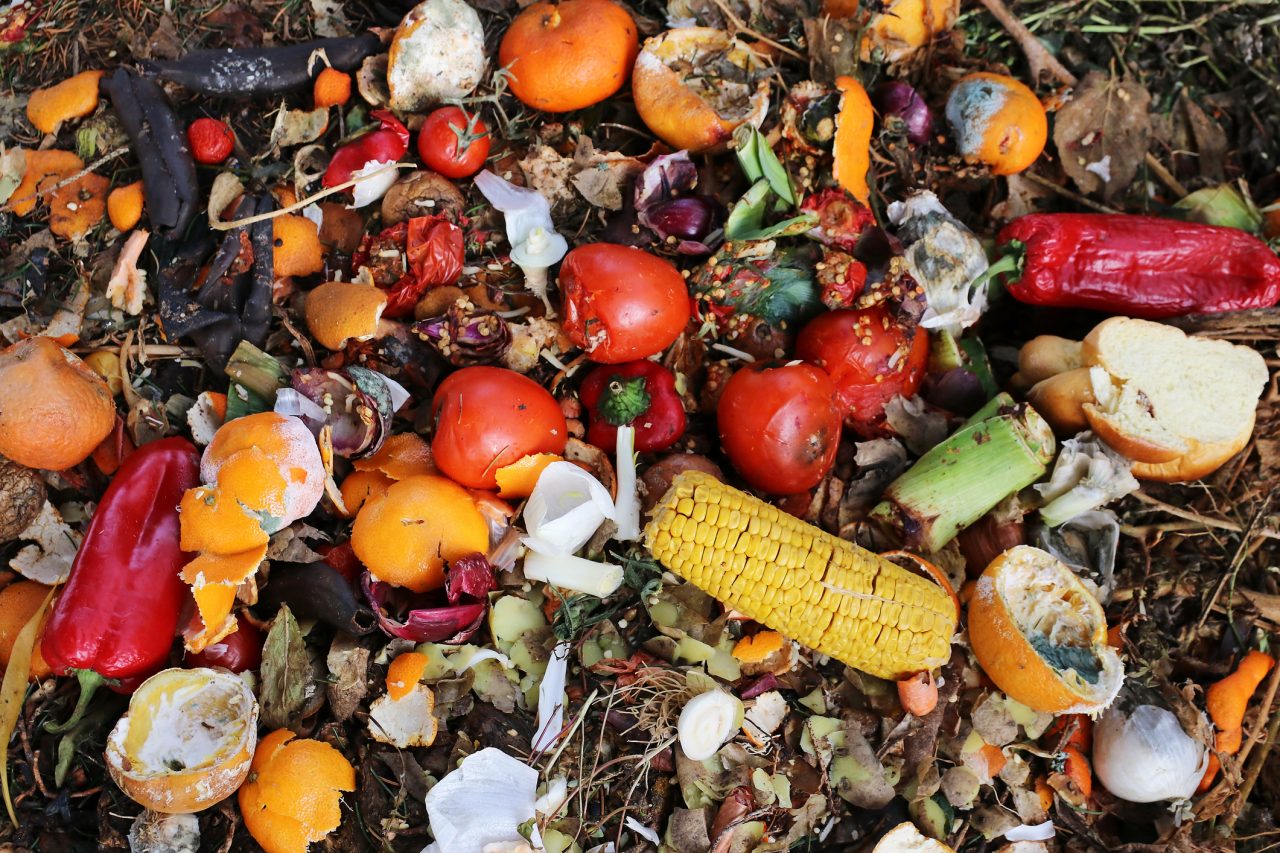
Kastede matrester på søppeldynga
Food waste
Preventable food waste is food that could have been eaten, for example milk, bread and fruit. Stores can, for example, lower the prices of food that are close to going out of date. Shops can also give it to charity. In this way, it gets eaten.
Non-edible food waste is food that you don’t want to eat, for example, scraps from fish, meat and vegetables.
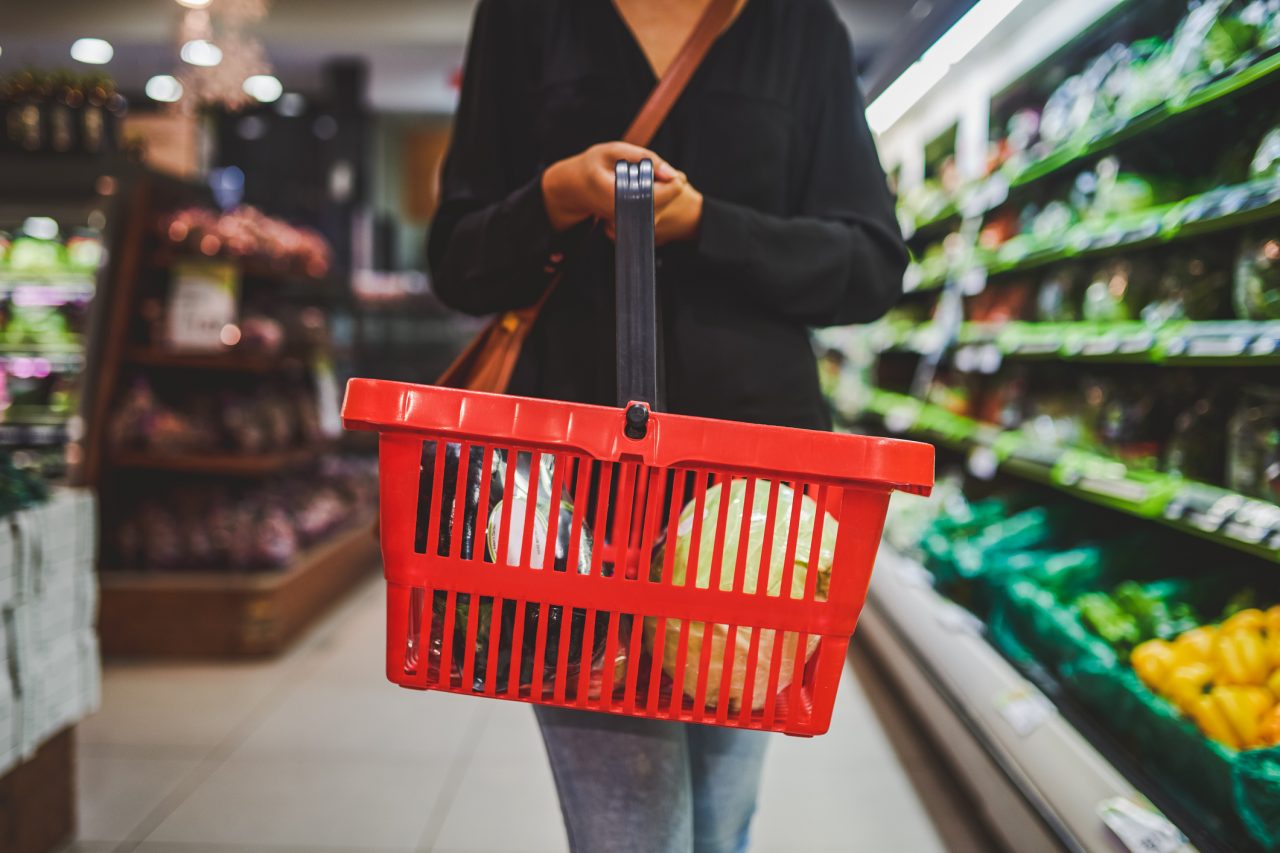
Dame som handler i en matbutikk
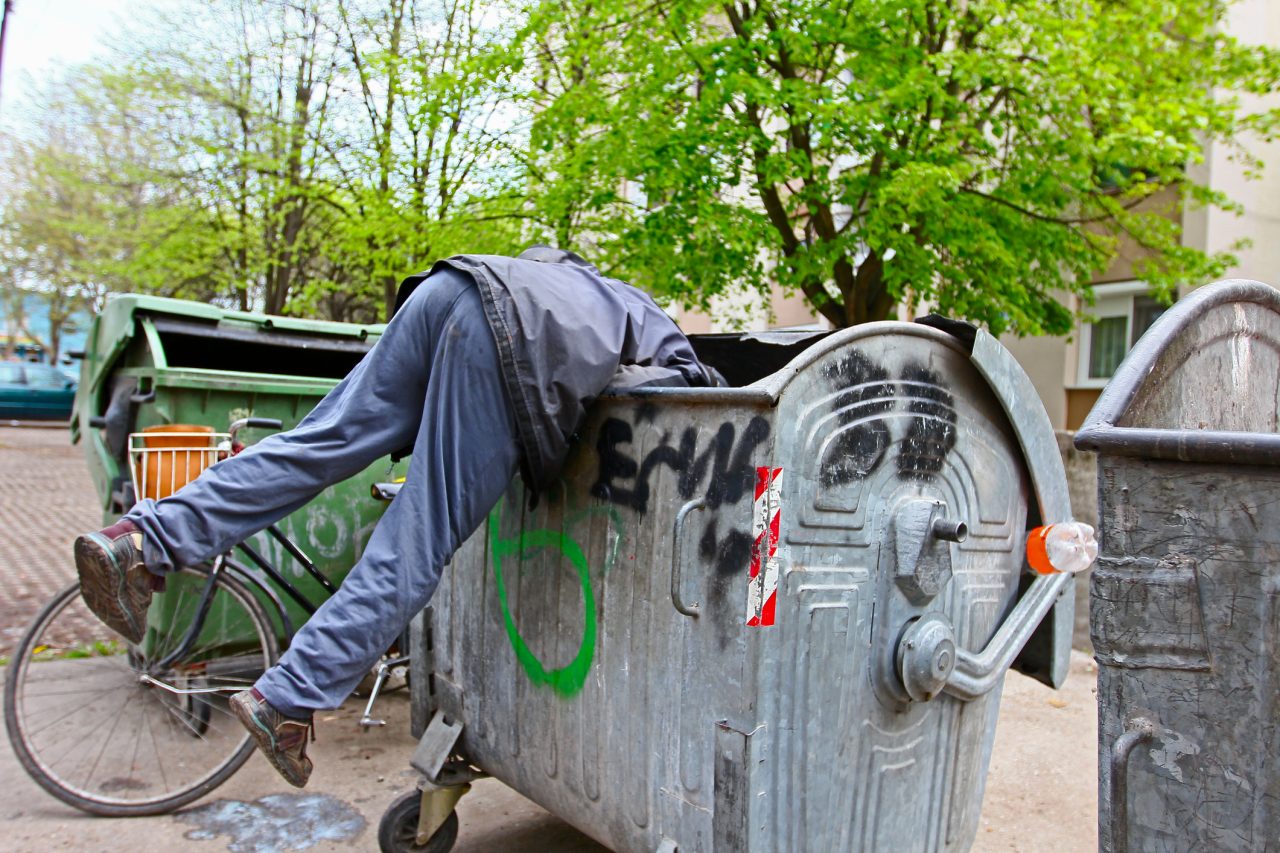
Mann leter i søpla
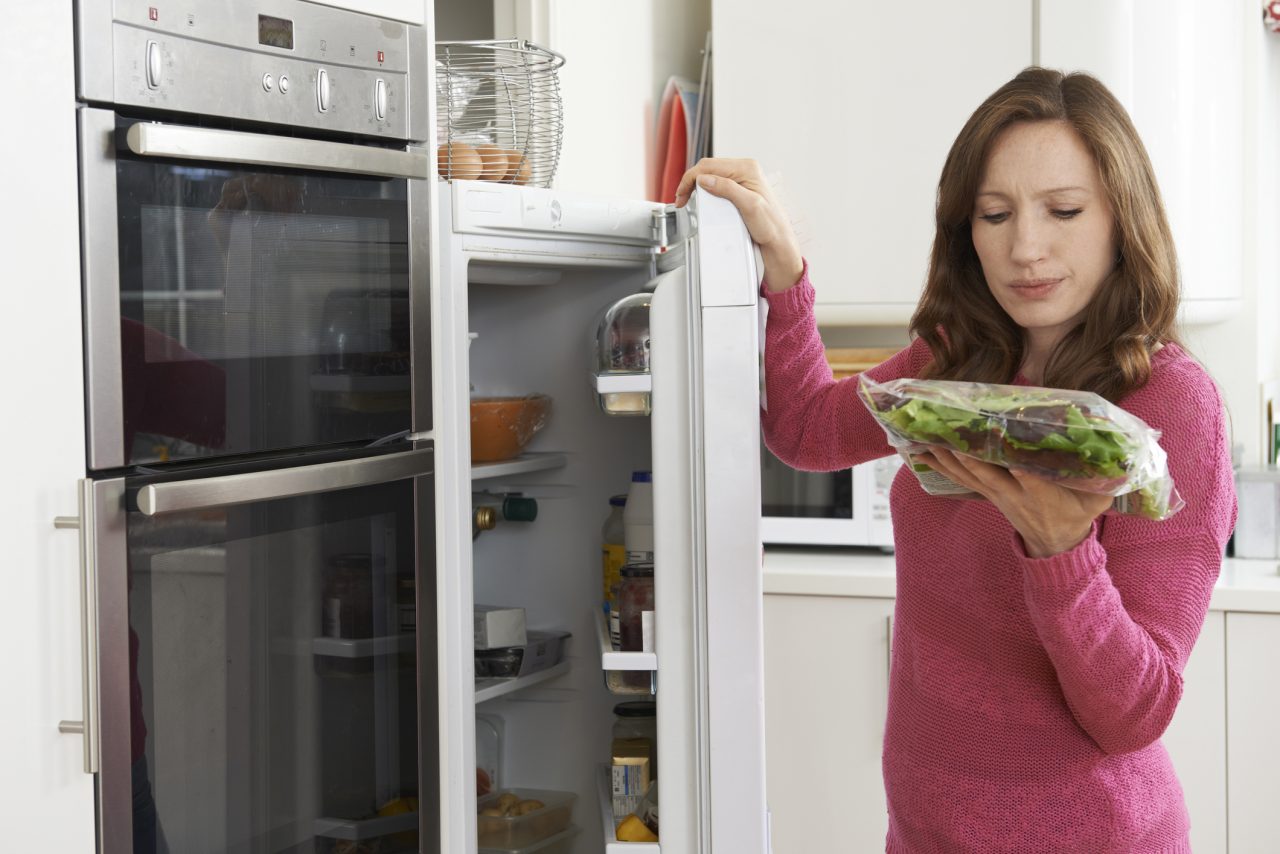
Kvinne sjekker utløpsdato på en pakke med salat fra kjøleskapet
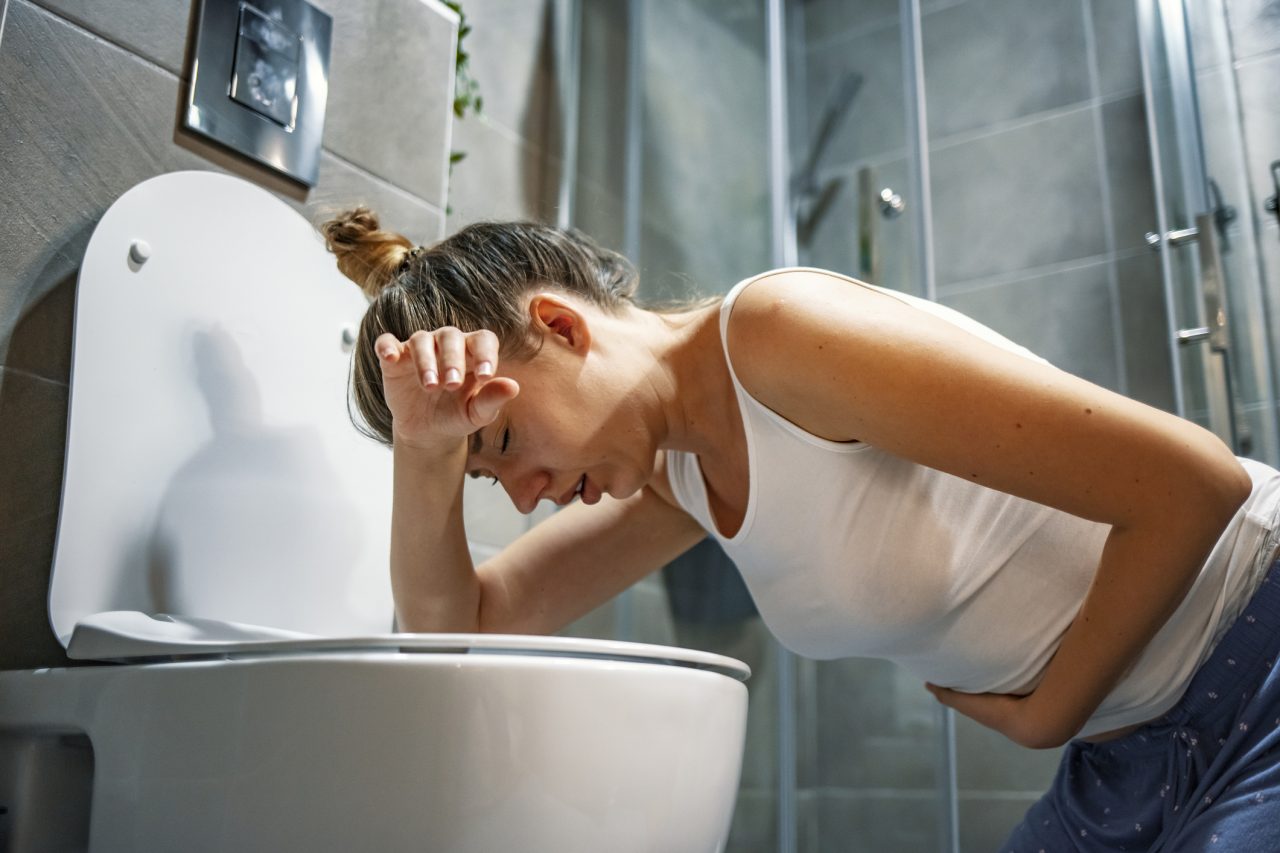
Ung kvinne som er syk og sitter på baderomsgulvet lent over toalettskåla
What is food waste?
How can you help reduce food waste?
Sources:
- Nasjonalforeningen for folkehelsen (12.08.21): Trygg mat
https://nasjonalforeningen.no/smart-pa-mat/trygg-mat/
- Matvett.no (12.08.21): Om matvett
https://www.matvett.no/om-matvett
- Matportalen (12.08.21): Merking av mat
https://www.matportalen.no/merking/tema/merking_av_mat/
- NHO Mat og Drikke (03.09.21): Best før, ofte god etter
https://www.nhomd.no/politikk/tilsyn–og-matregelverk/best-for.-ofte-god-etter/
- Matvett (26.12.2022): Best before often means good after
https://www.matvett.no/bransje/matvett-in-english/best-before-often-means-good-after
- Table 2 Table (25.01.2023): Understand the types of food waste
https://table2table.org/understand-the-types-of-food-waste/#:~:text=The%20main%20takeaway%20this%20month,reduce%20the%20preventable%20food%20waste
Media Rights:
-
-
Getty Images
-
Getty Images
-
Getty Images
-
Getty Images
-
Getty Images
-
ClimateScience – Solve Climate Change – YouTube
-


